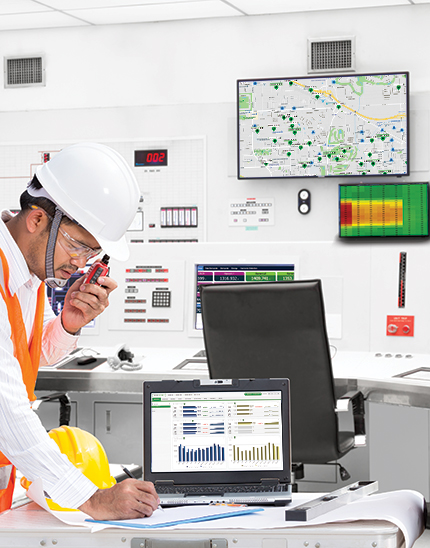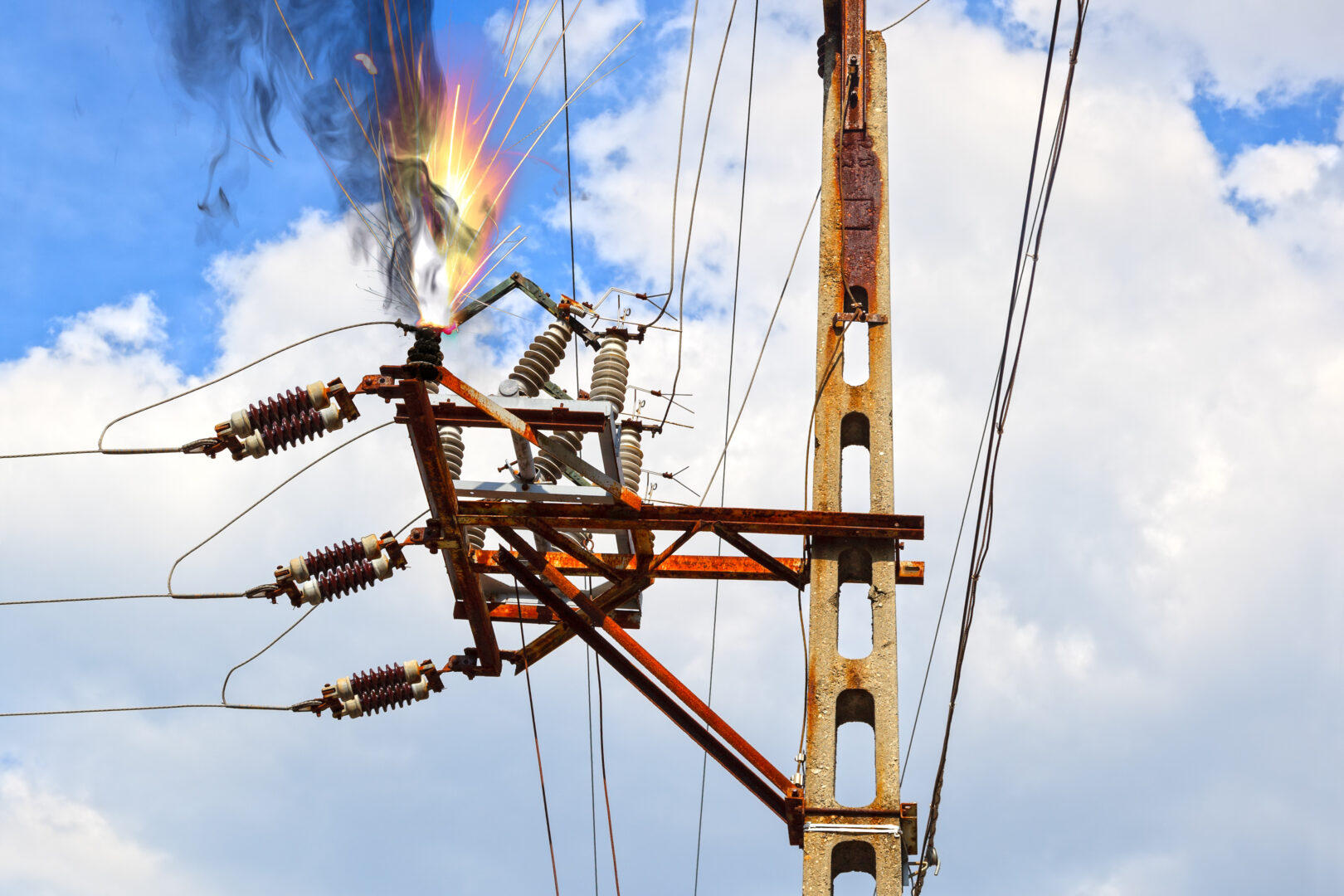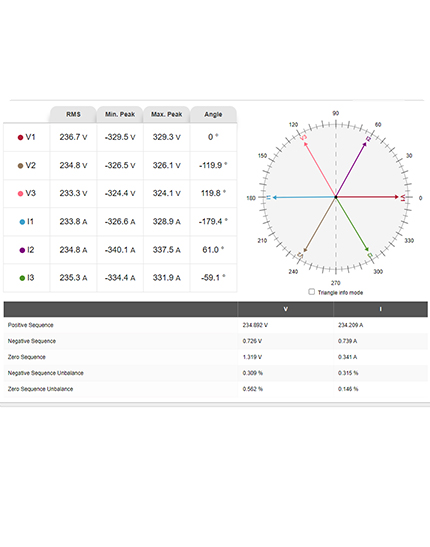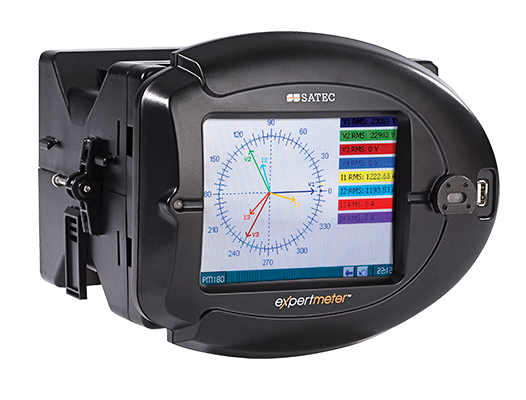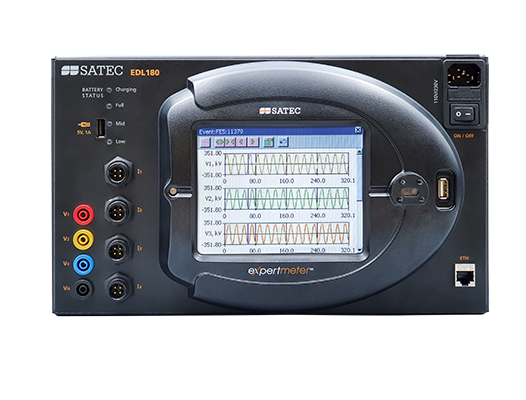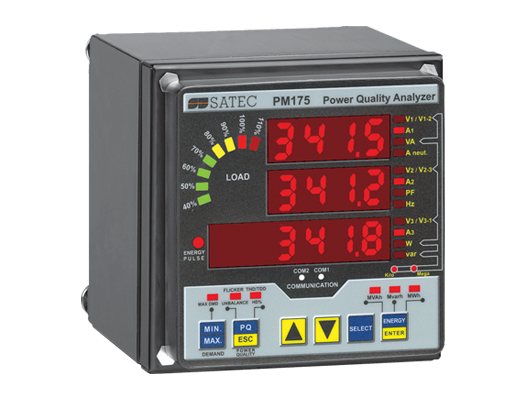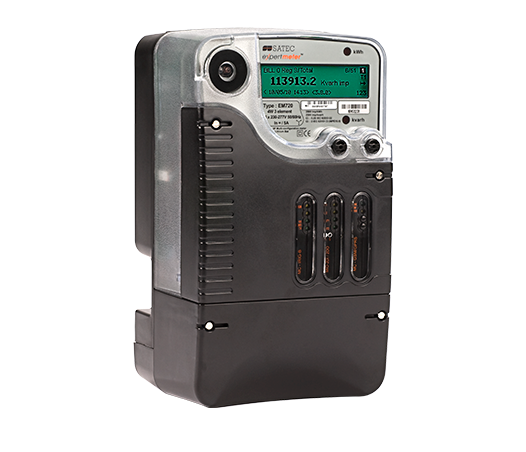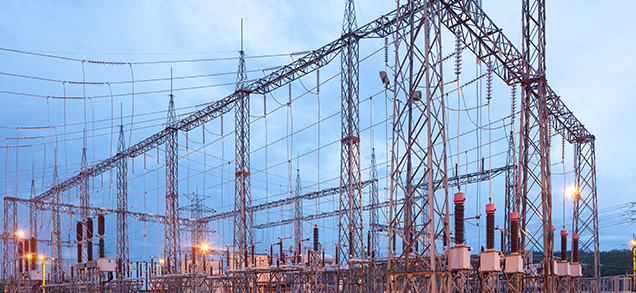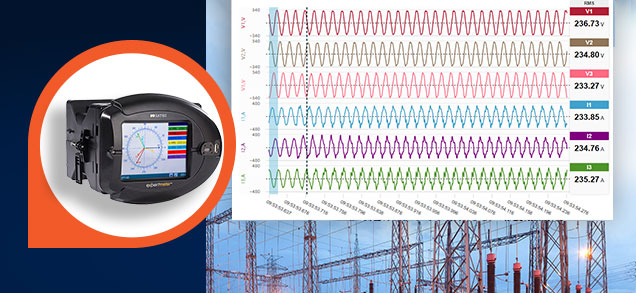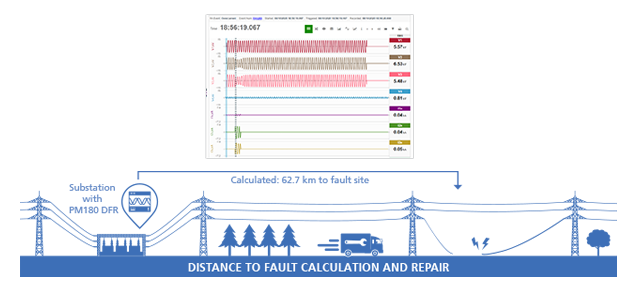Power quality analyzers, such as SATEC offers, are normally situated in a network operator’s substation or at the grid connection of a client/facility. The functionality is identical but harbors different interests. Since faulty power quality can damage equipment, the client wants to record and document such cases and claim damages from the operator. Accordingly, the operator must conduct its own independent monitoring, to confirm or dispute such claims and of course, simply to provide internal alerts for power quality issues, before any damage is incurred.
Voltage dips or swells, for example, occur as the result of sudden events within the network, such as short circuits, the energizing of a transformer or the introduction of big loads. For example, a big industrial client who turns on an induction motor could cause a notable sag of voltage experienced by neighboring facilities as well. Determining this is extremely important for a network operator for preventing such events and for deflecting claims from clients.
Symmetrical (three-phase) dips and swells are analyzed using the relative level of the fault or inrush current and the fundamental power angle. Asymmetric (single-phase and two-phase) dips and swells can be analyzed using the negative sequence power angle or, in the case of insufficient information, using the fundamental power angle.


